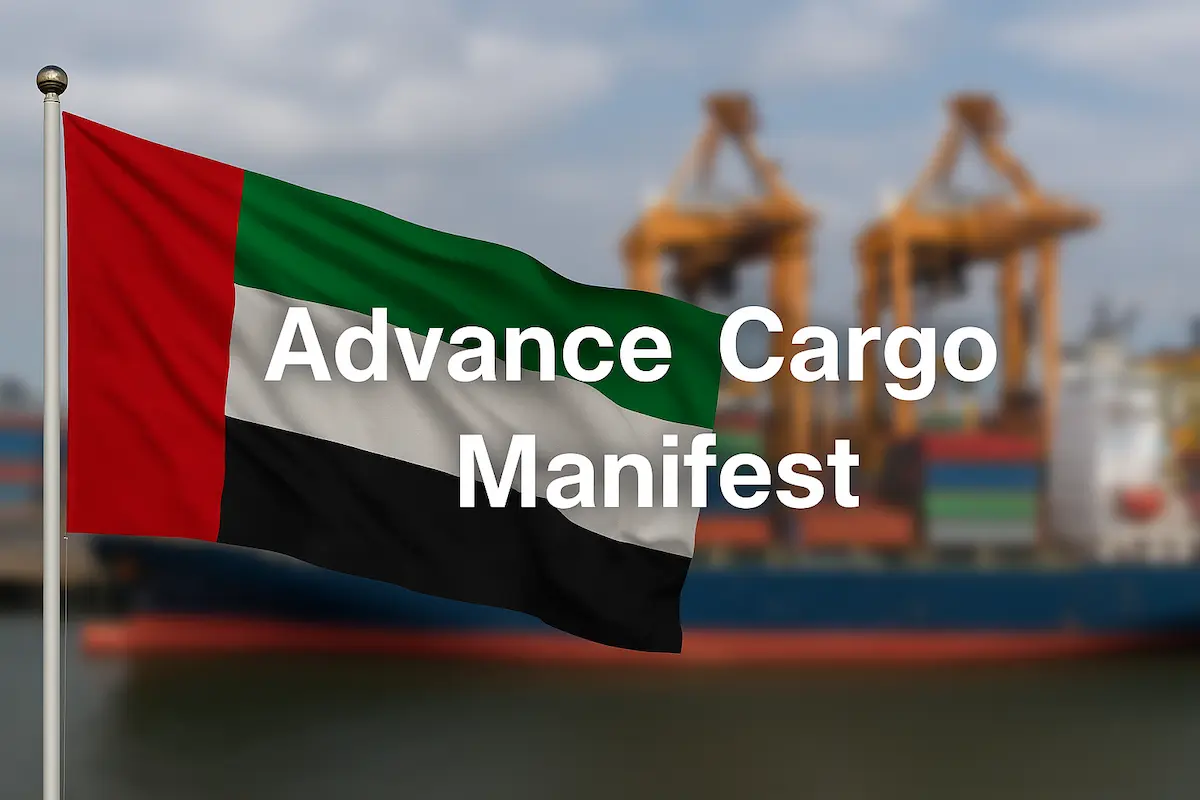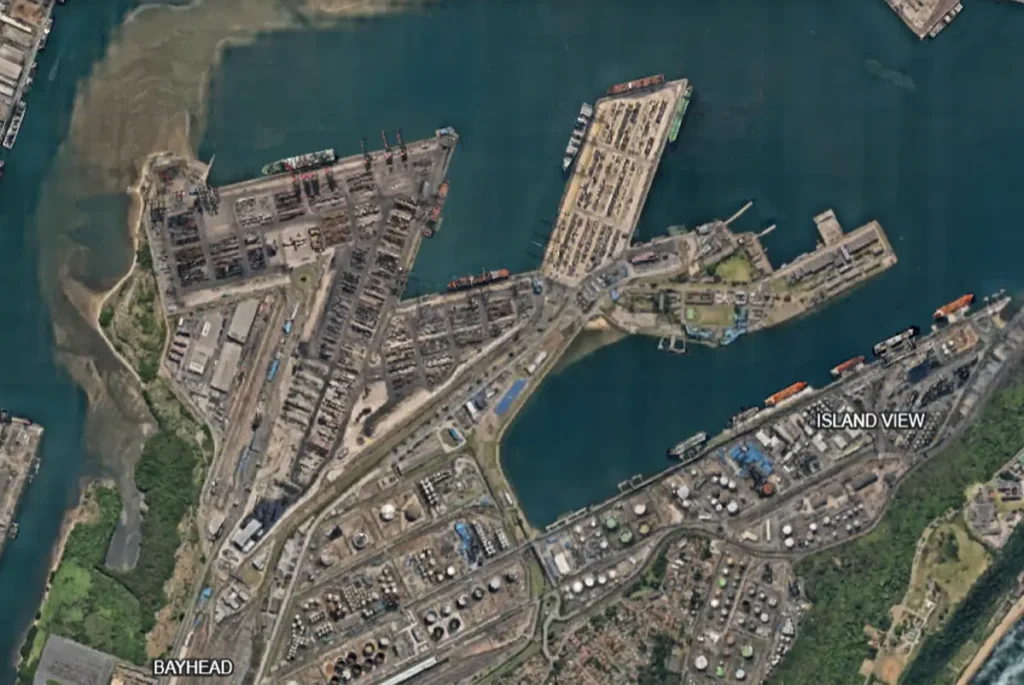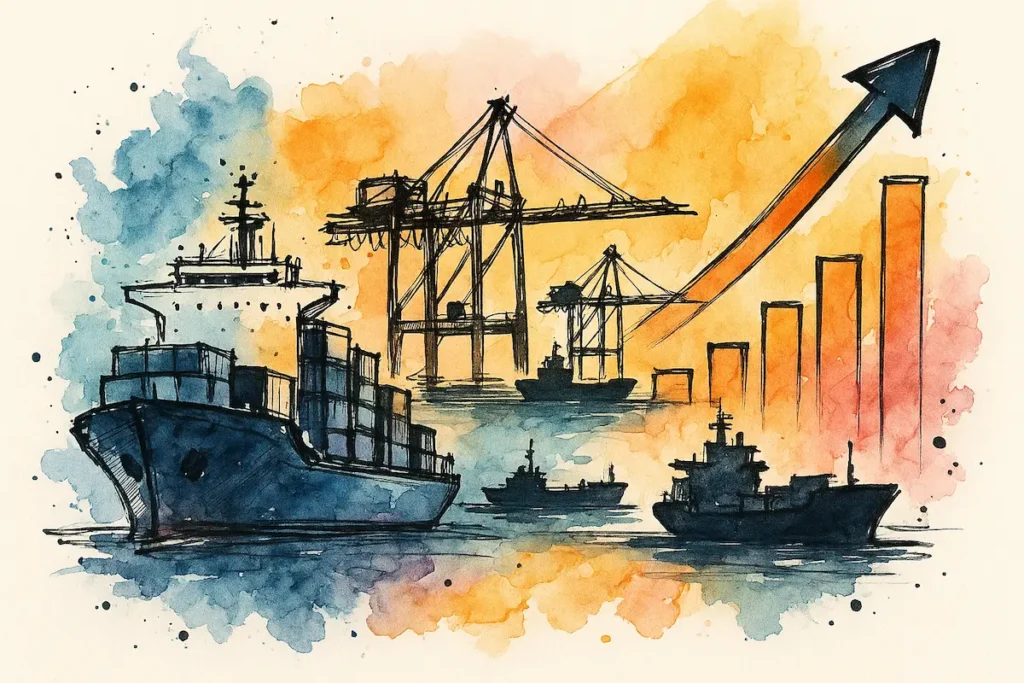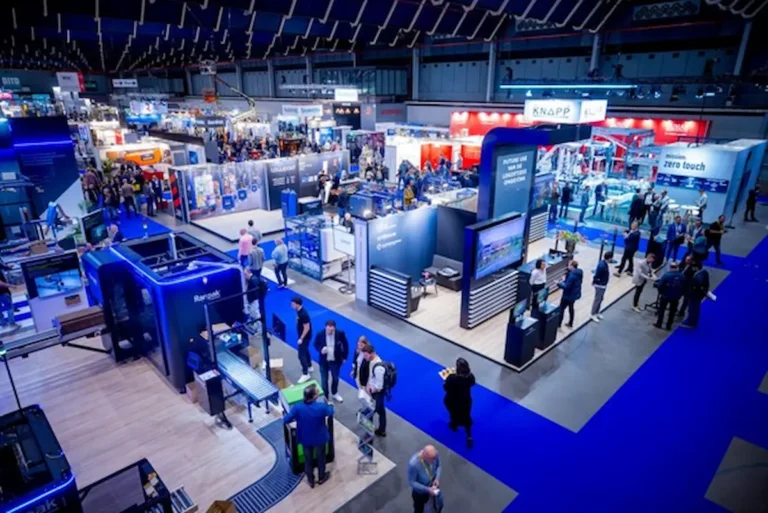From 1 September 2025, the United Arab Emirates will roll out its new Advance Cargo Manifest requirements through the Maritime Preload Cargo Information (MPCI) portal, overseen by the National Advance Information Centre (NAIC)..
The aim is straightforward: enhance visibility, improve risk management, and align with global best practices for advance cargo reporting..
For shippers, forwarders, and carriers, the changes mean new responsibilities, new timelines, and zero tolerance for errors once enforcement begins.
Who does this apply to..??
The scope covers:
- Imports into the UAE – all shipments must carry advance manifest declarations.
- Transhipments through UAE ports – even if goods are not intended for UAE delivery.
- Freight Remaining on Board (FROB) – goods passing through UAE ports without unloading.
At its core, the MPCI system requires shipping lines, freight forwarders, and NVOCCs to submit detailed cargo data before the vessel arrives. This isn’t just a procedural update, it’s a strategic recalibration of how the UAE intends to manage risk, streamline customs, and accelerate cargo clearance..
Key change: direct vs master bill of lading declaration
A critical element of the new process is the correct declaration of whether a shipment is moved under a Direct Bill of Lading or a Master Bill of Lading:
- Direct Bill of Lading – typically issued by the carrier to Beneficial Cargo Owners (BCOs) where no House Bill of Lading (HBL) is issued or consolidation is involved..
- Master Bill of Lading – required where a forwarder or consolidator issues an HBL. In such cases, the forwarder must obtain a 7-digit MPCI code from NAIC after registration and include it with their submission..
In practice, if a forwarder submits an HBL, they must ensure the corresponding MPCI code is filed with NAIC or an accredited service provider.. Shipping lines are not authorised to file HBL data on behalf of customers..
Timelines and compliance load port
The Shipping Instruction (SI) must now be submitted no later than 72 hours before the vessel’s Estimated Time of Departure (ETD) from the compliance load port..
- The compliance load port is the last port of loading before the vessel sails for the UAE
- For example, a shipment loaded in Cape Town for Jebel Ali will need SI submission 72 hours before the vessel’s ETD from Cape Town
Missing this deadline has serious consequences:
- Cargo may be returned to origin, rolled to the next vessel, or diverted at the customer’s cost.
- UAE Customs may impose penalties.
Implementation timeline
- Soft launch: 1 September 2025 – shippers are expected to follow the new process, with NAIC monitoring submissions
- Go-Live: 15 September 2025 – advance information filing begins in full
- Enforcement: The “No Doc, No Load” policy is expected in early 2026, after which non-compliant shipments will simply not be loaded
Mandatory information required
To ensure compliance, SI submissions must include expanded data fields beyond the standard bill of lading.. These include:
– Advertise here –
- Bill number, issue date, and place of issue
- Ports of receipt, loading, discharge, transshipment, and final delivery
- Container and seal numbers
- Detailed cargo description with HS codes
- Full party details: shipper, consignee, notify party, forwarders, and agents
- Vessel and voyage information
- Identifiers such as MPCI Party ID for both shipping lines and forwarders
- Consolidation details, if applicable
Failure to provide this information accurately may result in reclassification of the bill of lading type or outright rejection by NAIC.
What this means for businesses
For shippers and freight forwarders, compliance is no longer optional. Practical steps include:
- Register with NAIC – forwarders must secure their MPCI code before filing any HBL
- Adjust SI submission processes – ensure teams are trained to provide correct BL type declarations and mandatory data
- Plan earlier – with SI cut-off moving to 72 hours before ETD, documentation must be finalised well in advance
- Monitor compliance – keep track of deadlines, especially for multi-leg or consolidated shipments
Conclusion
By bringing this process the UAE is consolidating its position as a logistics hub.. For businesses, the message is clear: adapt now, or risk costly disruptions later..
The transition period provides an opportunity for shippers and forwarders to refine their systems and processes.. Those who move early will not only remain compliant but also gain operational efficiency and better cargo visibility across their supply chains..













